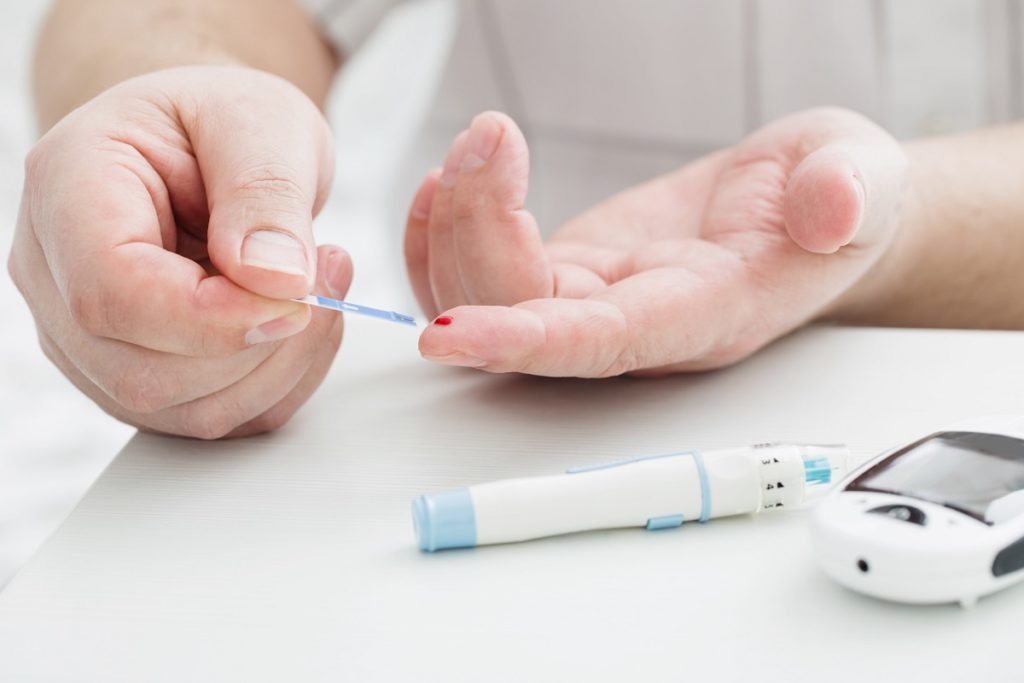According to the American Diabetes Association (ADA) the chances of experiencing a stroke is 1.5x higher for individuals who have diabetes. A stroke occurs when blood that flows to the brain is blocked or if hemorrhage occurs in the brain. This could lead to brain damage or worse, death if the blood flow is not reestablished as soon as possible. For many people at risk of diabetes in places like Provo, Utah or New York state, diabetes treatment includes lessening the risk for a stroke.
How Does Diabetes Increase Stroke Risk?
Because diabetes is essentially a systemic process affecting all tissues in the body, your blood vessels will also be affected by high blood sugar level. When this occurs, it causes your blood vessels, which include those in the brain, to swell, and in turn, lead to the buildup of scar tissue and plaque. A blood vessel could become constricted and restrict blood flow due to these buildups. Likewise, if some of the plaque breaks away, a clot could get stuck in the bloodstream and result in either a heart attack or stroke.
Type 2 Diabetes Carries a Greater Risk
Although high blood sugar levels from any diabetes boost your risk of stroke, those with type 2 diabetes have a more increased risk of stroke due to the heart risk factors inherent with the condition. These risk factors include symptoms of metabolic syndrome such as high blood pressure, abdominal fat, and irregular lipid levels.
How to Recognize a Stroke
 The thing with stroke is that it could occur anytime, anywhere, so it is immensely vital that you recognize the red flags and to get help as soon as possible if you think you are having a stroke. To make things easier, memorize the FAST protocol by the National Stroke Association to help you recognize a stroke and respond to it properly:
The thing with stroke is that it could occur anytime, anywhere, so it is immensely vital that you recognize the red flags and to get help as soon as possible if you think you are having a stroke. To make things easier, memorize the FAST protocol by the National Stroke Association to help you recognize a stroke and respond to it properly:
- Facial drooping that usually occurs on just one side of your face.
- Arm weakness that you’ll notice when one of your arms doesn’t respond if you try to raise both arms.
- Speech issues including weird sounds or slurred speech.
- Time to seek emergency medical attention.
It’s also very crucial to remember that you can’t waste a single second when it comes to treating a stroke because the quicker you can receive treatment, the higher your chances of recovering. Seek immediate medical help as soon as you notice the signs as mentioned earlier.
Reducing Your Stroke Risk when You have Diabetes
If you’re having problems controlling your condition or have increased stroke risk factors, you need to inform your diabetes treatment team in Provo so that they can make the right treatment plan for you.
In general, you can reduce your risk of experiencing a stroke by ensuring that your blood sugar or glucose levels are in check and your cholesterol and blood pressure levels are under control. You need to perform daily physical activity, eat healthy food, and take certain maintenance medications as needed. If you are still smoking, stop right now. Following your diabetes treatment plan will also help reduce your stroke risk and increase your chances of avoiding a stroke.


